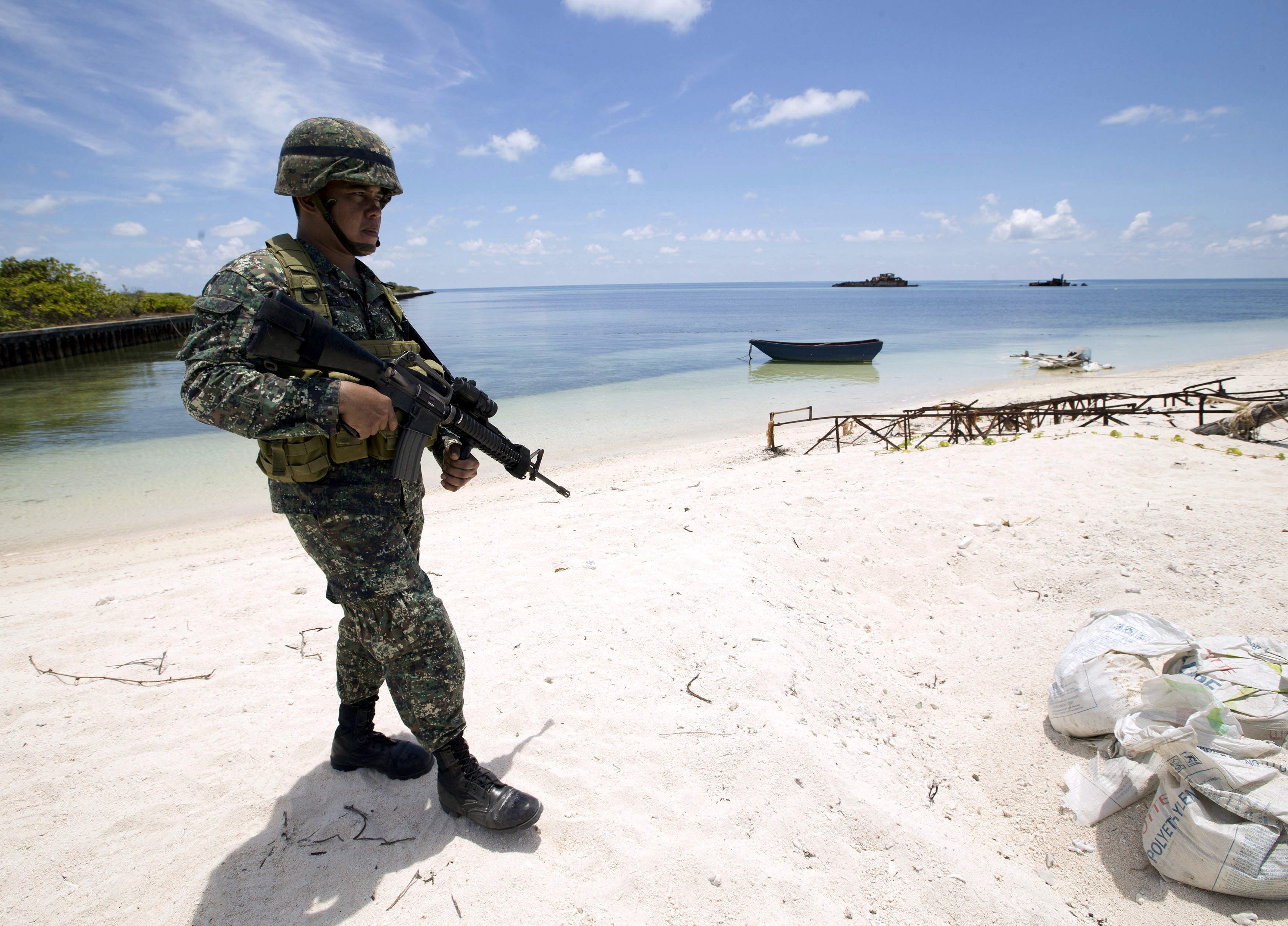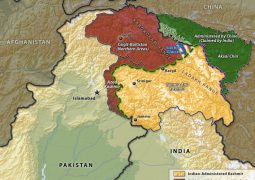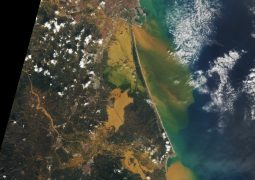In the South China Sea, Chinese fishing vessels around Thitu Island might net more than they bargained for

In the South China Sea, Chinese fishing vessels around Thitu Island might net more than they bargained for
- More than 200 Chinese vessels surrounding a Philippine-occupied island may prompt a backlash against genuine fishing boats
- Their presence may also push the Philippines, which has been edging closer to China, back into a tighter alliance with the US
Chinese fishing vessels near Thitu Island, the biggest feature claimed by the Philippines in the Spratly Islands in the South China Sea, is stirring disquiet ahead of crucial Philippine midterm elections next month. In a rare break from his friendlier attitude towards China, President Rodrigo Duterte advised Beijing to “
” Pag-asa, the Philippine name for Thitu. The island is the seat of the country’s smallest town and home to over 200 people.
The sheer number of Chinese vessels has raised concerns over unsustainable fishing. The Philippines’ failure to stop Chinese fishing within the 12-nautical mile territorial sea of Pag-asa and other Philippine-held islands may also invite further forays. Worse, it may be taken as acquiescence to Chinese fishing rights.

and deployment of military weapons on the features it occupies. Some also see the treaty as outdated and unable to meet new challenges, including tactics by state-backed maritime militias.
in early April with the review of the treaty high on the agenda. However, Philippine officials are torn over whether greater clarity or continued ambiguity, which allows for flexibility, is preferable.
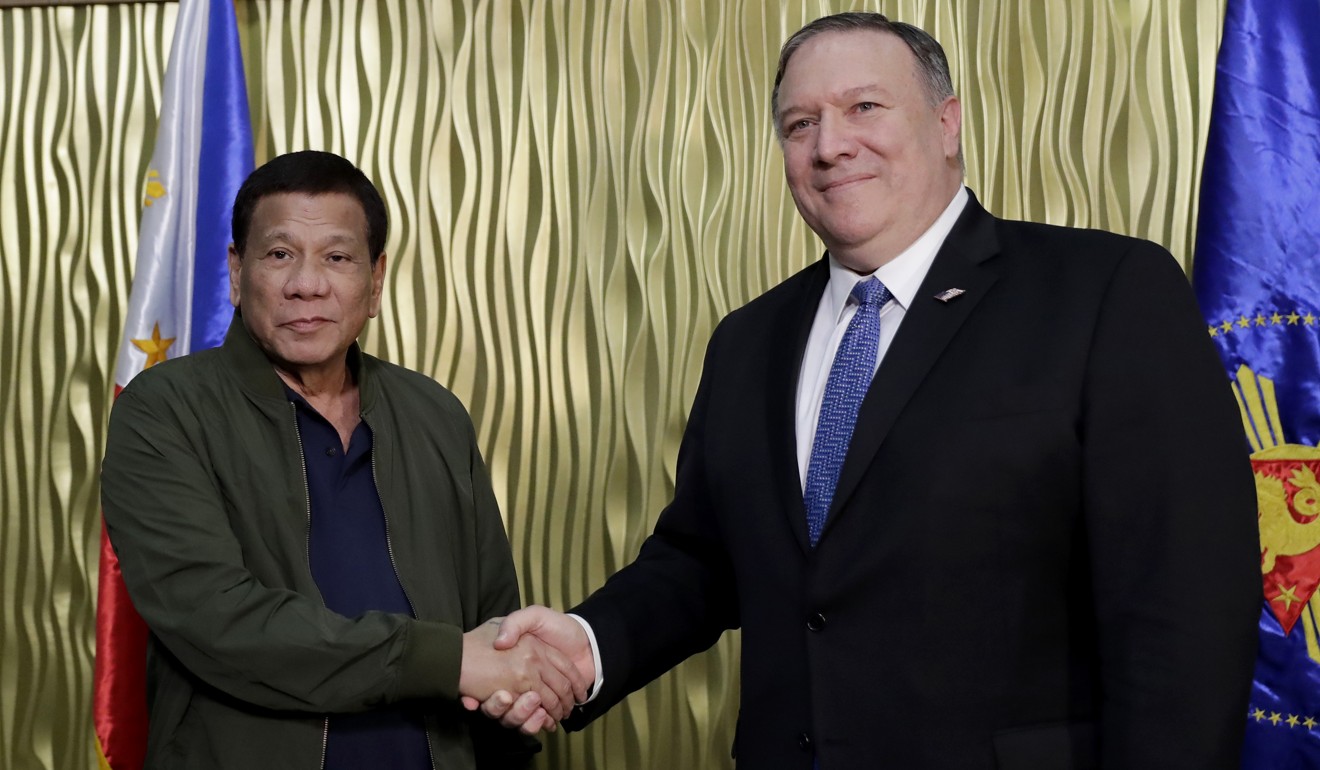
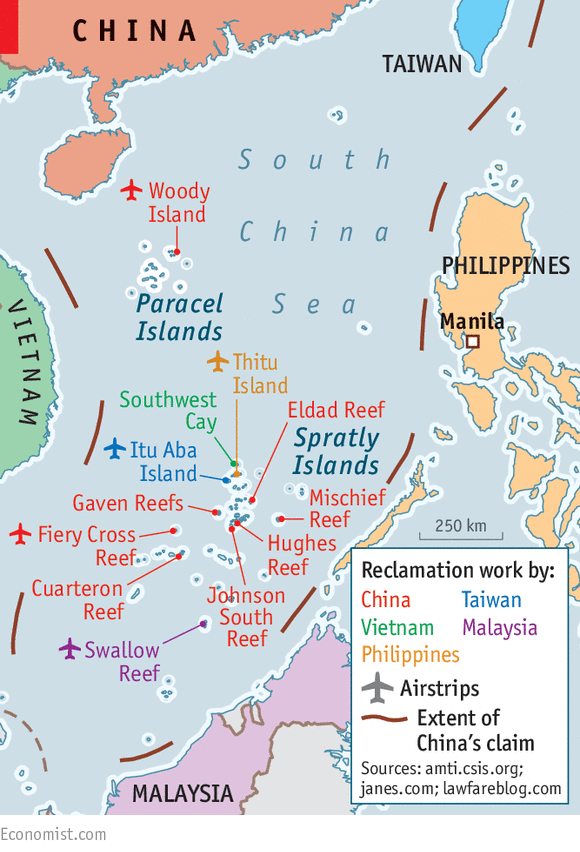
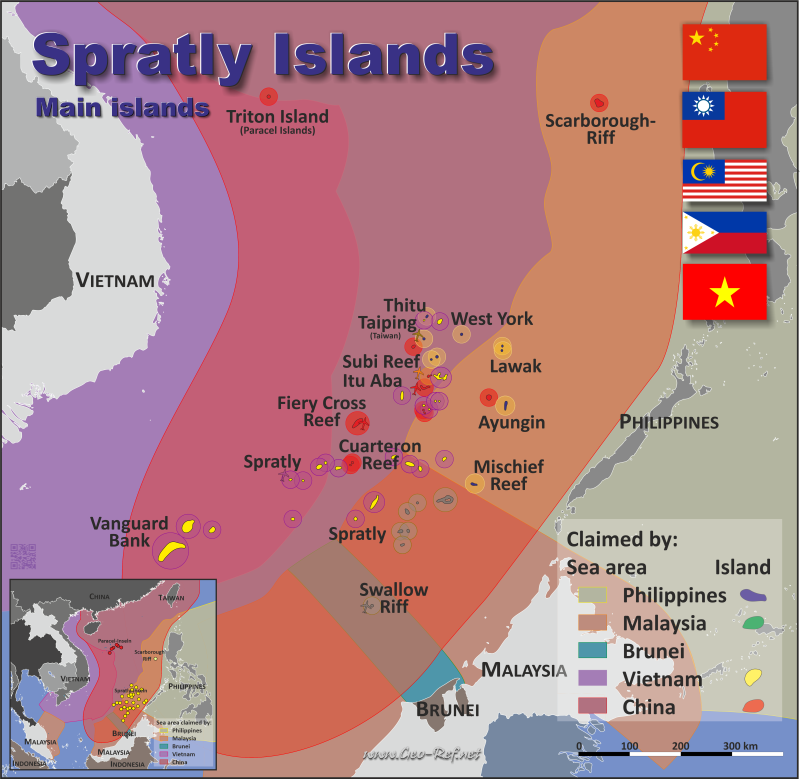
In the run-up to the second belt and road gathering, Manila hosted the Boao Forum for Asia. This shows the increasingly difficult balancing act that the Philippines must perform, between expanded economic interaction with China and maintaining security and maritime resource bottom lines in the South China Sea.
Lucio Blanco Pitlo III is a research fellow at the Asia-Pacific Pathways to Progress Foundation, a lecturer on Chinese Studies at Ateneo de Manila University and contributing editor (reviews) for the Asian Politics and Policy Journal. He also sits on the Board of the Philippine Association for China Studies
- Previous Why doubts about China’s Belt and Road Initiative persist among its neighbours
- Next US an interested bystander as Kim takes the slow train to Vladivostok



